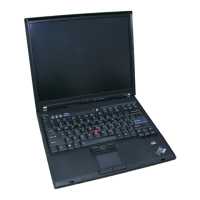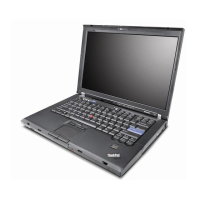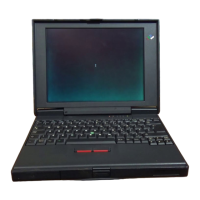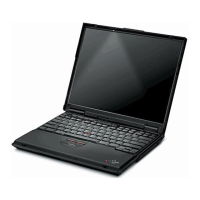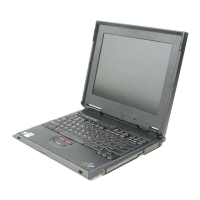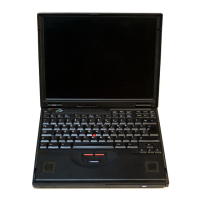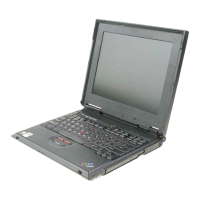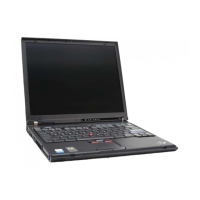(
(
(
(
MAT
PRINT
USING [file ref,] line-num,
array-name
[{;}
[array-namel}
..
B;}]
r-
:
rJ
ch~r-s~ring
}]
...
Print_imager{ch~r-S~ring
}]
...
L1Print-lmage L print-Image
MAT PRINT USING
The
MAT
PRINT USING statement and its associated image statement allow you
to
display or print
all
elements
of
a specified array,
in
a format
of
your
choice,
without
specifying each individual array element.
In
the
MAT
PRINT USING statement, you
can specify the values
to
be displayed
or
printed and
the
line number
of
the image
statement
to
be used
to
format
the
display lines. The syntax
of
the
MAT PRINT
USING statement
is
as
shown:
MAT
PRINT
USING [file ref,l line-num,
array-name
[{;}
[array-namel ]
...
B;}]
where:
file
ref
is
F
LP
(for
the
printer)
or
FLO
to
F
L9
for the logical file.
line-num
is
the
number of
the
image statement.
array-names are numeric
or
character arrays whose
el~ments
are
to
be edited into
the
format specified
in
the
image statement. Only one array name
is
required.
Array names can be separated by a comma
or
semicolon. The last array name can
also
be followed by a comma
or
semicolon.
The syntax
of
the
image statement
is:
.
[{char-stri
ng
J.j
..
.
..
.
..
print-Image
print-Image
[{
char-strin
g
}l
print-image J
...
where:
char-string
is
a string
of
characters
that
are
not
enclosed
in
single
quotation
marks.
print-image
is
format specifications (see Format Specifications under
PRINT
USING and IMAGE). Only one print-image
is
required
in
the
image statement.
When a MAT PRINT USING statement
is
executed,
the
specified array references
are evaluated, and their elements are edited, in
the
order
of
their
appearance
in
the
MAT
PRINT USING statement, into the corresponding format specifications
in
the
specified image statement. A string
of
character constants will be displayed
or
printed exactly as entered
in
the
image statement.
Each array element
is
displayed by row according
to
the
format specifications defined
by
the
associated image statement.
137
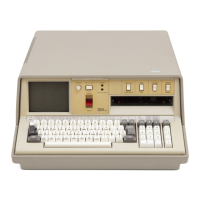
